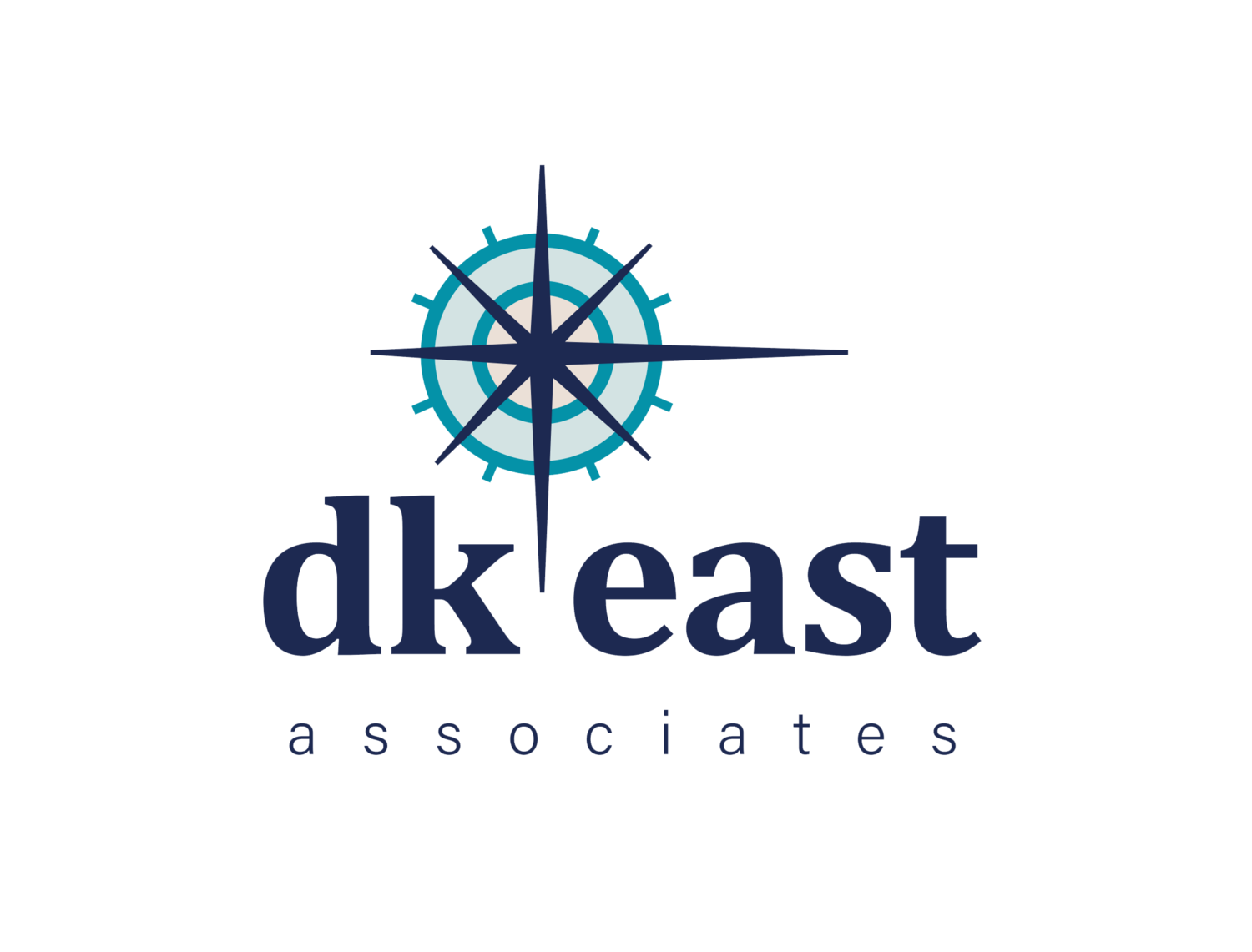Financials for the Non-financial Person: Part 2
Part 2
P&L and Cash Flow Statement
You know from the last blog post that the 3 main financial statements that every company has are the balance sheet, the profit & loss statement (or P&L) and the cash flow statement, which ties both of those together.
What is the P&L and what does it tell us?
The P&L (also known as the Profit & Loss statement or Income Statement) is used to summarize a company’s performance by looking at reviewing, costs and expenses during a specific period of time, such as monthly, quarterly or annually.
Operating Income/Loss presents your regular revenue - how much you earned selling your products or services. Your cost of goods (or COGS) which are the direct costs related to making your product or providing your service. And general expenses. These are salaries, rent, utilities, subscriptions, dues, meals & entertainment, etc.
EBITDA All this leads to your earnings before income tax, depreciation and amortization - you may have heard of this in its abbreviated form - EBITDA
Other income & expenses which are interest, depreciation (like on equipment or cars) and taxes. These are separated out because they are not generally associated with getting your actual business done.
Who uses the P&L?
You need to be looking at your P&L on a monthly basis. If you have a Board of Directors or an Advisory Board, they will also want to see these most likely on a monthly or quarterly basis. Investors and lenders will want to see these to determine your organization's credit worthiness
Let's dive into a couple of the calculations that investors and lenders look at.
Gross profit and its sister the gross profit margin - Revenue less cost of goods sold (COGS)
Gross profit tells you how profitable your product or service is. This shows you just how profitable your products are. The further apart these numbers are, the higher your gross profit margin which means you're making good money on each product or service sold. If your revenue and COGS numbers are close together, that means you’re not making very much money per sale.
"Gross profit" is presented as a dollar amount.
"Gross Profit Margin" takes the same calculation but shows it as a percentage.
Net profit - Gross profit less your operating expenses
Net profit tells you how profitable your business is by considering all your expenses. Just because your products are profitable, doesn’t mean your business is profitable. You could be making a killing on every individual sale, but spending so much on advertising or meals/entertainment or rent that you walk away with nothing.
"Net profit" is presented as a dollar amount.
"Net Profit Margin" takes the same calculation but shows it as a percentage.
Does the P&L tell the whole story?
Does your income statement tell you…
How much money you have in the bank? No.
How much money you owe to your credit card company? No.
How much equity you have in the business? No.
How much money you had one month ago vs. six months or a year ago? No.
You get those from the balance sheet. That's why you need both financial statements. Most small businesses track their financials only using balance sheets and P&Ls. But there's one more financial statement that ties the two together and if you've gone through any funding or borrowing, you may recall being asked for the Cash Flow Statement.
What the heck is a Cash Flow Statement?
The cash flow statement shows how a company brings in cash and for what costs the cash goes back out the door. Like all financials, there are sections! The three sections to the cash flow statement are:
Operating - The sources and uses of cash in the operating section come from revenue, expenses, gains, losses, and other costs. These are things that happened in the normal course of operating your business.
Investing - This section shows sources and uses of cash from debt and equity purchases and sales; purchases of property, plant, and equipment; and collection of principal on debt
Financing - You report activities such as long-term liability (paying or securing loans beyond a period of 12 months from the balance sheet date) and equity items (sale of company stock and payment of dividends) in the financing section.
There are many other ratios and metrics that are calculated from the P&L & balance sheet. Those get tackled in my Business Foundations 2 workshop. But if you can't make one of my workshops, subscribe to my newsletter or schedule a strategy session with me to dive into your own numbers.
Own Your Financials!
I can't stress this enough - you own your financials. This is your company and the numbers are your numbers. Your accountant or bookkeeper needs to present these in a way that you easily understand. Ask questions. If spreadsheets and numbers aren't your thing, ask for graphs, charts and narratives. If they are not providing this or are providing in a way that makes you feel stupid, get a new accountant. Contact us to find out about our Own Your Financials™ resources and done-with-you support!

